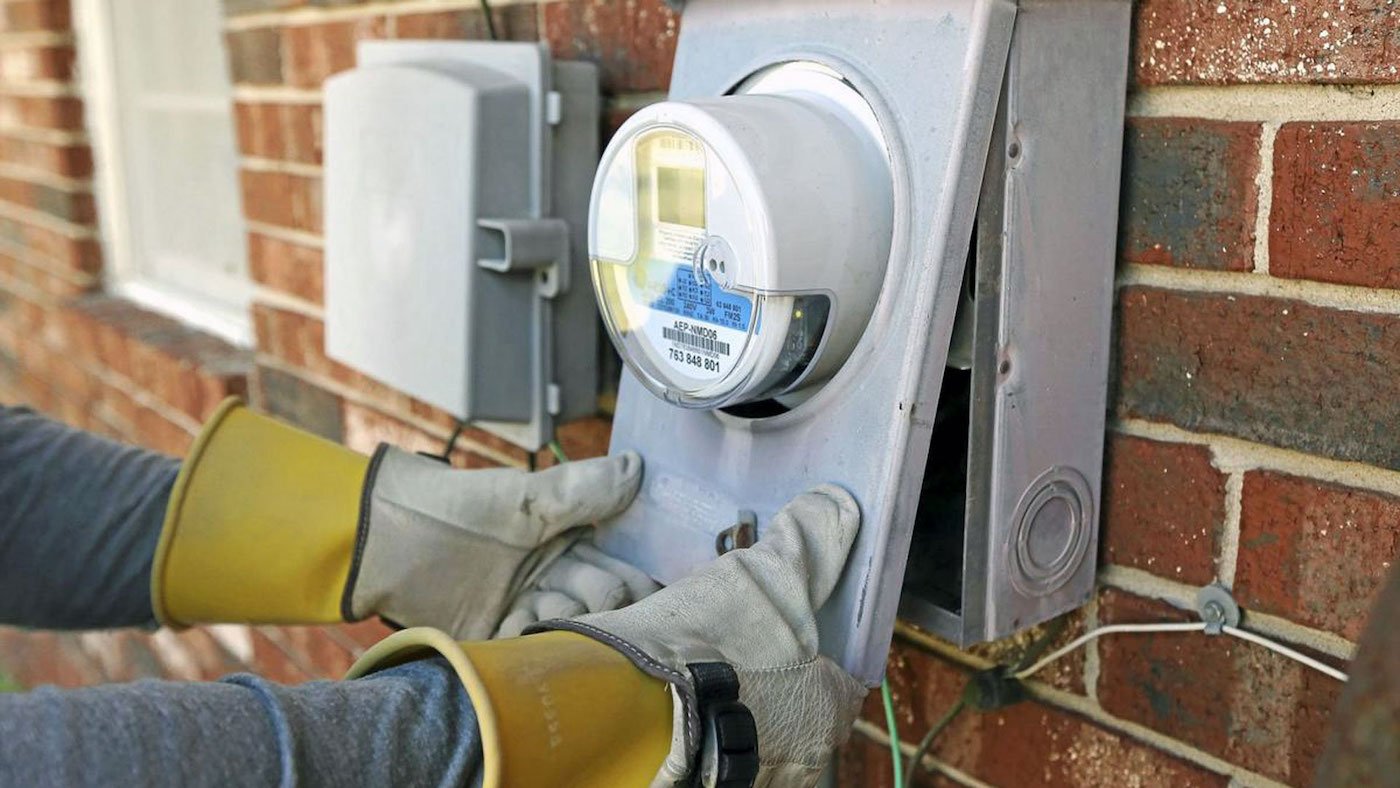Time of use electric rates should be in your future
Time of use industrial rates are common in the electric industry. Residential time of use rates are becoming more common, but still have a long way to go to catch up.
What advantages can time of use rates yield for your utility or cooperative AND your customers? Here are some insights.
Electric meter - ready for time of use
Time of use rates - hard to see any downside for any class of electric customer
Time-of-use (TOU) electric rates offer advantages for both consumers and the overall energy grid:
1. Cost Savings: TOU rates can encourage consumers to shift their electricity usage to off-peak hours when rates are lower, resulting in potential cost savings on their energy bills.
2. Price Transparency: TOU rates provide clearer pricing signals, helping consumers understand when electricity is most expensive and encouraging more efficient energy use.
3. Renewable Energy Integration: TOU rates can align with renewable energy production patterns. For example, TOU rates can encourage consumers to use electricity when solar or wind generation is at its peak, maximizing the use of clean energy sources.
4. Grid Load Management: TOU rates can help utilities manage grid loads more effectively. By incentivizing residential consumers and large industrial users to use electricity during periods of lower demand, utilities can reduce the risk of grid overloads.
5. Reduced Peak Demand: Shifting energy use away from peak periods can reduce the need for additional infrastructure investments to handle high-demand periods, potentially lowering infrastructure costs.
6. Energy Conservation: TOU rates encourage energy conservation practices and technologies, such as energy-efficient appliances and home automation systems, which can further reduce energy consumption.
7. Support for Electric Vehicles (EVs): Absent specific electric vehicle rates, TOU rates can make charging EVs more affordable when done during off-peak hours, promoting the adoption of electric vehicles and reducing the strain on the grid.
8. Grid Resilience: By reducing peak demand and encouraging distributed energy resources (e.g., rooftop solar panels and batteries), TOU rates can enhance the resilience of the energy grid.
Utility Accounting and Rates Specialists provides on-line/on-demand courses on operations and construction project accounting, rates, and management for new and experienced co-op and utility professionals and Board Members. Click on the button to see courses that will enhance your career skills and provide value to your organization!
More automated meters will lead to reliable time of use rates
As automated meters become more affordable and common, time of use rates will continue to grow. In our work with utilities, we find that residential time of use rates do not necessarily face resistance, but TOU rates sometimes face indifference. The majority of residential customers may not see benefits or want to take on the effort to minimize their electric bills.
Utility programs to advertise and endorse TOU rates have helped. We’ve also seen in some situations the implementation of opt-out residential time of use rates. We’ll report on feedback on those types of programs.
About Russ Hissom - Article Author
Russ Hissom, CPA is a principal of Utility Accounting & Rates Specialists a firm that provides power and utilities rate, expert witness, and consulting services, and online/on-demand courses on accounting, rates, FERC/RUS construction accounting, financial analysis, and business process improvement services. Russ was a partner in a national accounting and consulting firm for 20 years. He works with electric investor-owned and public power utilities, electric cooperatives, broadband providers, and gas, water, and wastewater utilities. His goal is to share industry best practices to help your business perform effectively and efficiently and meet the challenges of the changing power and utilities industry.
Find out more about Utility Accounting & Rates Specialists here, or you can reach Russ at russ.hissom@utilityeducation.com.
The material in this article is for informational purposes only and should not be taken as legal or accounting advice provided by Utility Accounting & Rates Specialists. You should seek formal advice on this topic from your accounting or legal advisor.

